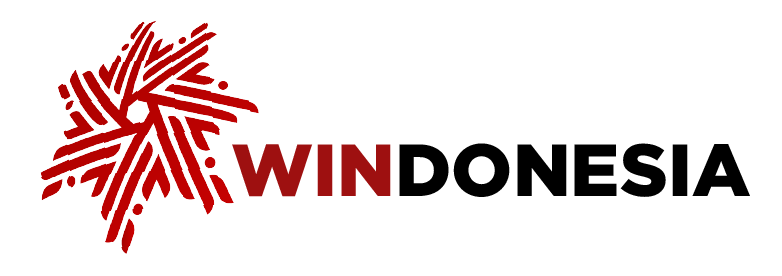Latest News
PT Hutama Mambelim Trans Papua (HMTP) signed a cooperation agreement with the Papua Province High Prosecutor's Office regarding legal assistance for construction of the Jayapura-Wamena section of the Trans Papua Road project's Mamberano-Elelim segment in Highland Papua Province.
PT HMTP is the Trans Papua Road project's implementing business entity formed as a consortium between construction state-owned PT Hutama Karya and PT Hutama Karya Infrastruktur (HKI). PT HMTP will construct the 50.14-kilometer (km) Mamberamo-Elelim Segment of the Jayapura-Wamena Trans Papua Road Project. This road serves as a vital access point connecting three provinces and eight regencies in Highland Papua, improving accessibility, streamlining logistics distribution, and strengthening the regional economy.
Papua High Prosecutor Hendrizal Husin stated that the signing of this agreement provides a legal framework to increase the effectiveness of legal resolution and governance of the Trans Papua Road Project.
"This collaboration is expected to contribute legal assistance in the form of legal reviews, legal audits, and optimal legal opinions so that every project activity runs smoothly," he said in a written statement on Nov. 14, 2025.
This collaboration also aims to strengthen the legal aspects of the Trans Papua Road project's operations, thus supporting the project from the preparation phase, through implementation, operation, and maintenance.
Hutama Karya Human Capital and Legal Affairs Director Muhammad Fauzan stated that support from all stakeholders, including assistance from the Papua High Prosecutor's Office, is essential given the social and non-social dynamics and challenges faced by the project.
"We sincerely hope that this assistance will enable the realization of a national strategic project (PSN), which can boost the welfare of the Papuan people and serve as a reference and learning experience for future joint venture projects," Fauzan said.
The scope of the cooperation agreement includes providing legal assistance in civil and state administrative cases, whether through litigation or other legal procedures. It also provides for legal advice from the Papua High Prosecutor's Office to assist PT HMTP in making policies and decisions in line with applicable laws and regulations.
This agreement also includes legal assistance and legal audits in civil matters at the request of PT HMTP, as well as other legal actions to safeguard and restore state finances or assets. As a strategic partner in this agreement, the Papua High Prosecutor's Office will also act as a conciliator, mediator, and facilitator should any legal issues arise in the future.
Furthermore, the Papua High Prosecutor's Office will assist in mitigating legal risks related to community or customary land acquisition and prevent corruption in the construction of Jayapura-Wamena section of the Trans Papua Road project's Mamberano-Elelim segment in Highland Papua. The assistance is a form of preventative oversight to ensure that the project's implementation is transparent, free from irregularities, and upholds the principles of good governance.
"We thank the Papua High Prosecutor's Office for collaborating to strengthen the project's development. Through this partnership, we are committed to completing the project with the highest quality and for the benefit of the community," stated Acting PT HMTP Director Kun Hartawan.

